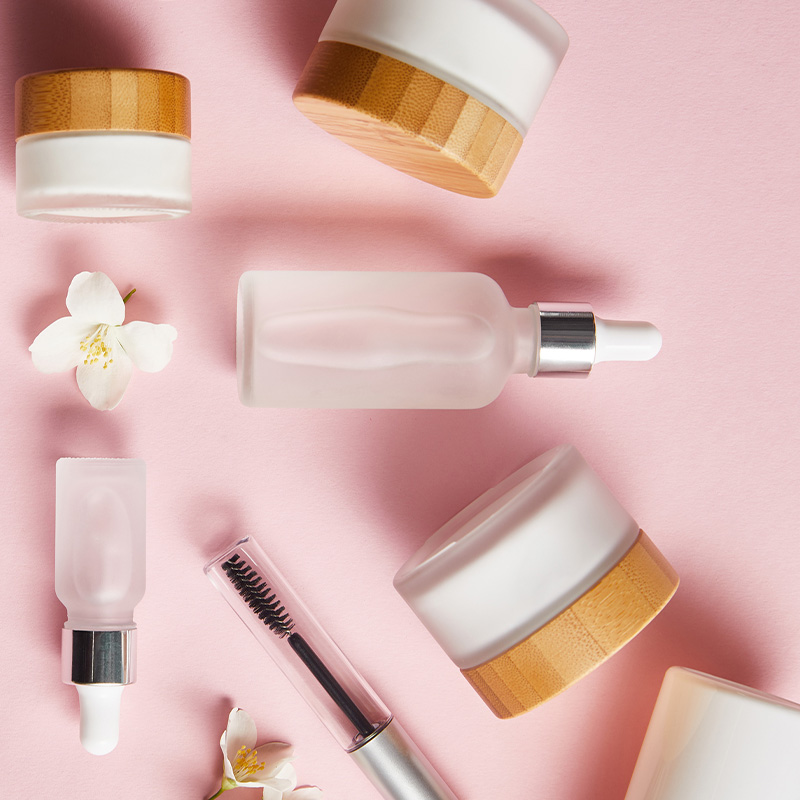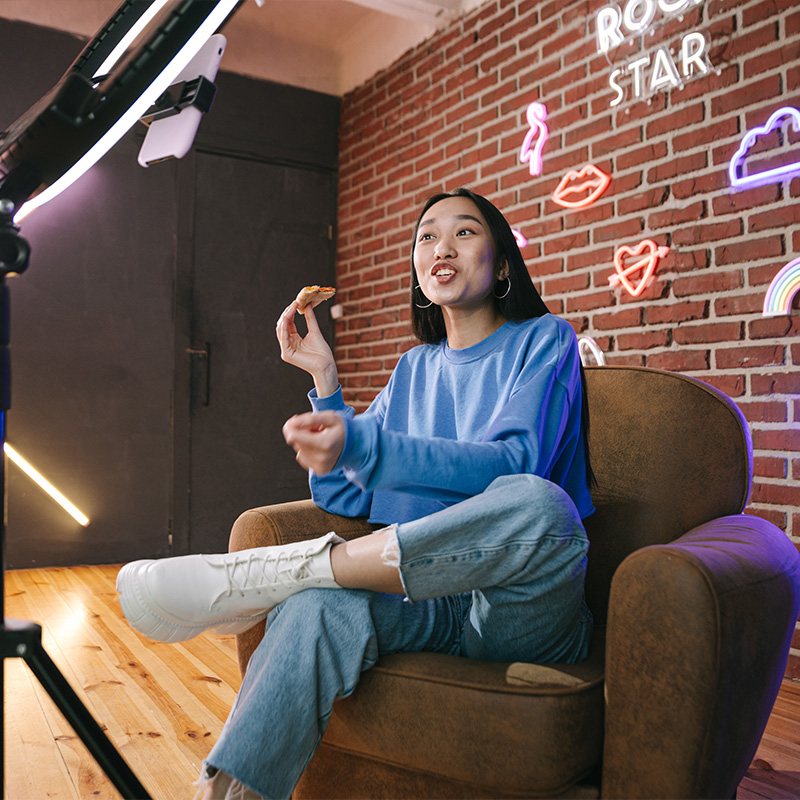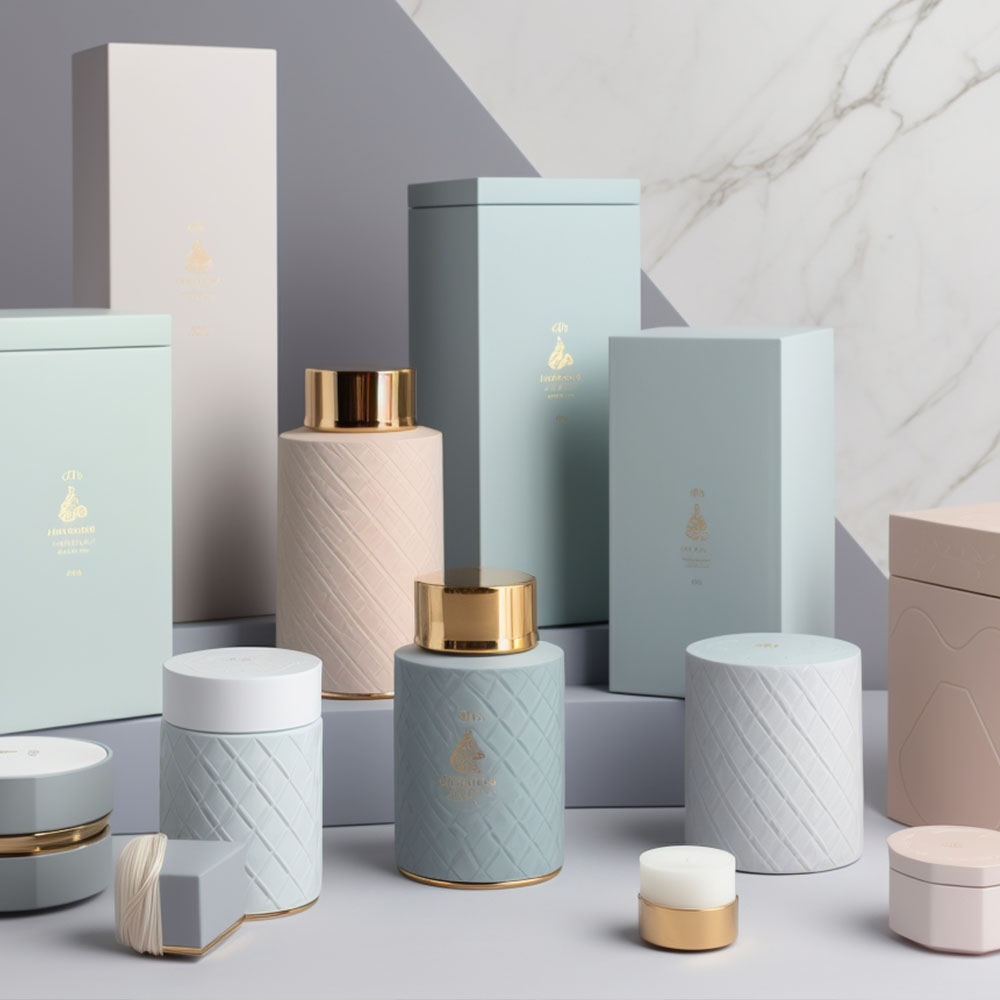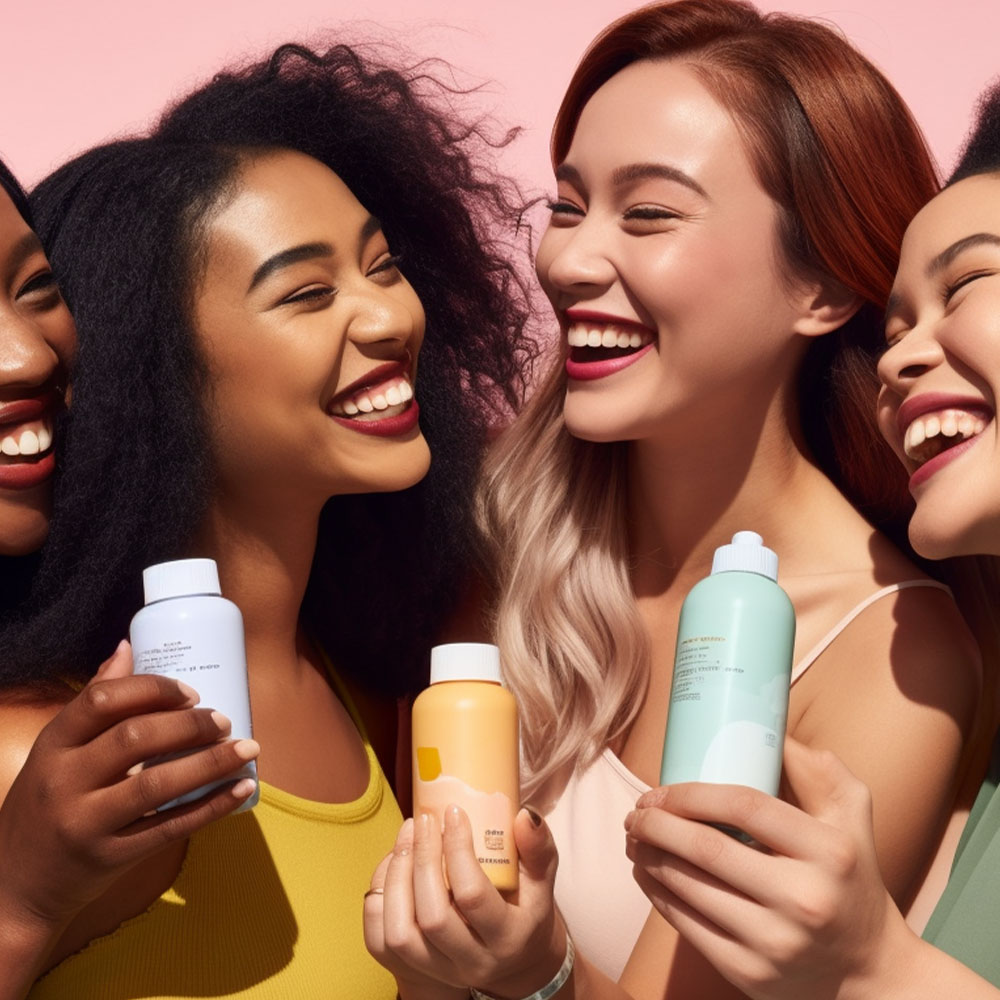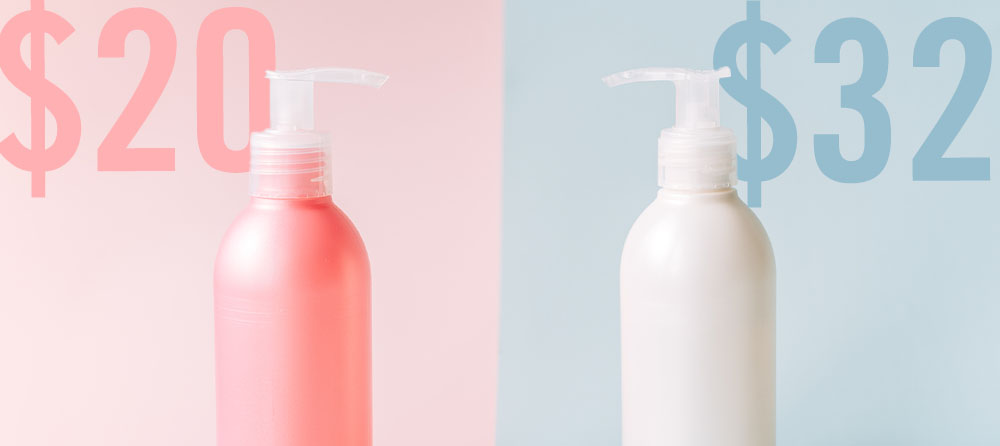
Hey there, fellow beauty enthusiasts! We’ve seen firsthand how crucial it is for beauty brands to understand the tactics and strategies behind their pricing. It’s not just about slapping on a price tag – there’s a whole science behind it.
Psychology plays a huge role in purchasing decisions, especially concerning something as personal and emotional as beauty products. That’s why understanding the psychology of pricing can help your brand stand out while appealing to consumers’ subconscious desires for innovation. In this article, I’ll dive into some key tactics and strategies that successful beauty brands have used to master their pricing game. So get ready to take notes – you won’t want to miss these insights!
The Power Of Perception
Welcome to the fascinating world of beauty brand pricing and psychology. This article will explore how perception affects pricing strategies for these luxury products. Perception is a crucial aspect of our cognitive biases and consumer behavior. It influences how consumers perceive brands’ value, quality, and prestige.
When it comes to beauty brand pricing, perception plays a vital role in determining the level of success or failure of a product. Consumers are willing to pay more if they believe a particular product offers more significant benefits than its competitors. The perceived value is based on objective features like ingredients and subjective factors such as packaging design and advertising campaigns.
Companies manipulate perception by creating an illusion of exclusivity through limited edition releases or high-end packaging materials. This creates a sense of scarcity which drives up demand and increases prices. Another tactic is price anchoring, where companies offer multiple options at varying prices to make their mid-range option seem more reasonable than higher-priced alternatives.
In conclusion, understanding the power of perception when pricing beauty products can bring significant advantages for any company looking to stand out in an overcrowded market. By leveraging cognitive biases and appealing to consumer behavior trends, businesses can create irresistible offerings that capture the attention of potential customers with subconscious desires for innovation and uniqueness.
Understanding Consumer Behavior
Coming to the Power of Perception, we learned how crucial it is for beauty brands to create a perception that their products are worth the price. But what drives consumer motivation? What goes into their decision-making process while buying beauty products?
Consumer motivation can be classified as either intrinsic or extrinsic. Intrinsic motivation comes from within an individual’s psyche – this could mean they purchase a product because it aligns with their values, beliefs, or interests. Extrinsic motivation refers to external factors like social pressure or financial incentives.
Once motivated, consumers enter into a decision-making process where they evaluate whether or not purchasing a particular product will satisfy their needs and wants. This evaluation process involves weighing out multiple options against each other before concluding.
To better understand this concept, let’s take the example of two different skincare products in front of you. How do you decide which one to buy? Do you go through features, ingredients, benefits, and reviews? All these variables play a role in our decision-making when choosing between two similar-looking products.
- Now let’s look at three key ways beauty brands can tap into consumer behavior:
- Product positioning — By creating unique selling points and highlighting them well on packaging and marketing campaigns
- Social Proof — Encouraging customers to leave feedback that others can see builds trust and fosters positive brand associations
- Rewards Programs — Offering loyalty programs incentivizes repeat purchases and helps build strong customer relationships * Eye-Catching Design — Attention-grabbing packaging and visually stunning marketing campaigns can attract new customers and make a lasting impression.
The Role Of Emotions In Pricing
Imagine walking into a beauty store and finding a product you’ve been dying to try, but when you look at the price tag, it’s more than expected. You feel disappointed and maybe even angry because of the emotional response pricing can cause. Emotions play a crucial role in customers’ perception of prices, which is why businesses need to understand the psychology behind pricing.
The perceived value of a product or service often triggers emotional responses. For example, if customers believe they’re getting an exceptional deal on a high-end skincare product, they’ll have favorable emotions toward the brand and be more likely to purchase. On the other hand, if they believe that the same product is overpriced, negative emotions will arise, leading them to seek alternative options.
Pricing strategies should consider these emotional responses. One tactic is anchoring; this involves displaying two products with different prices, where one acts as an anchor for comparison purposes only. The higher-priced item makes the lower-priced item seem like an excellent deal, triggering positive emotions from customers who feel like they’re getting a great bargain.
Another strategy is bundling; this combines multiple items and offers them at a discounted rate compared to purchasing each item separately. As a result, customers tend to experience excitement and happiness from receiving exclusive deals while feeling less guilty about spending money due to their perceived savings.
In conclusion (oops), understanding the role of emotions in pricing allows beauty brands to create strategic approaches that trigger positive feelings towards their products through effective communication techniques such as packaging design or promotional materials. As a result, companies can influence consumer behavior positively bIn addition, by using various tactics, such as Anchoring or bundling, while increasing sales revenue simultaneously.
Anchoring And Decoy Pricing
We’re a big believer in the anchoring Effect when pricing beauty products. It’s a psychological pricing tactic that uses reference points to influence perceptions of value. In addition, Decoy pricing is a tactic that uses a third product to influence a customer’s choice between two options. These two strategies can effectively drive sales and create perceived value when used together.
Anchoring Effect
Are you aware of the Anchoring Effect? A pricing psychology technique can significantly influence consumers’ perceptions and purchase decisions. Therefore, we highly recommend incorporating this strategy into your marketing plan to stay ahead of the market competition.
The Anchoring Effect refers to how our brains rely on the first information we receive when making judgments or decisions. In other words, if you display an expensive product next to a more affordable one, the consumer will perceive it as reasonably priced. Using this tactic, you can guide customers toward purchasing products at higher prices without them realizing it.
To successfully implement the Anchoring Strategy, you must carefully consider which items to use as anchors. It is essential to select high-quality and premium-priced products for Anchoring since they represent luxury and exclusivity. In addition, this method is especially effective when introducing new products because there are no prior expectations or comparisons from previous versions.
Remember that customer loyalty should be maintained while implementing this approach. You don’t want to lose long-term customers by overpricing your products drastically. Instead, gradually increase prices over time while consistently delivering quality results to create trust among your clients.
In conclusion, understanding The Anchoring Effect’s Pricing Psychology can effectively influence customer behavior and strengthen the brand image of beauty brands. Incorporate this strategy with caution and meticulous planning to succeed continually in today’s competitive marketplace.
Decoy Pricing
Now that we’ve discussed the Anchoring Effect, it’s time to delve into another pricing strategy called Decoy Pricing. Again, we believe understanding the power of choice is essential in effectively using this technique. The Decoy effect in pricing strategy involves presenting customers with two options and introducing a third option that acts as a decoy or an inferior alternative.
Offering three options makes the mid-range seem more reasonable. For instance, a $150 decoy makes a $100 option seem cheaper.
Decoy Pricing is great for new products with no comparison. But transparency and quality must be maintained to prevent customer loss.
In conclusion, incorporating Decoy Pricing can significantly influence consumer behavior and increase sales revenue without compromising product quality. By providing multiple options and guiding customers towards purchasing mid-tier items through subtle manipulation techniques such as presenting inferior alternatives, businesses can enhance their brand image while increasing profits simultaneously. Always consistently provide high-quality service and products while balancing innovation with ethical business practices to build trust among consumers continually.
The Art Of Bundling
Now that we’ve discussed the power of anchoring and decoy pricing let’s move on to another effective tactic for maximizing profits: bundling. Bundling is when beauty brands offer a package deal with multiple products or services at a discounted price. This strategy increases sales revenue and promotes customer retention by providing value and convenience.
The psychology behind successful beauty brand bundles lies in perceived value. Customers are more likely to purchase if they feel they’re getting a good deal, even if they don’t need all the items in the bundle. Additionally, bundling can create an emotional connection with customers, allowing them to indulge in multiple products or services simultaneously, increasing satisfaction and loyalty.
To effectively implement bundling strategies, beauty brands must first understand their target audience and tailor their offerings accordingly. For example, offering skincare bundles for different skin types or makeup bundles based on specific occasions, such as weddings or holidays, can appeal to customers’ needs and preferences. In addition, by understanding what motivates customers’ purchasing decisions, beauty brands can create enticing bundles that drive sales while maintaining profitability.
In summary, bundling is a powerful tool for increasing profits and promoting customer retention in the beauty industry. The key to success is creating value packages catering to varying customer needs. By doing so, beauty brands can tap into the subconscious desires of their audience and build strong emotional connections that lead to long-term loyalty.
The Psychology Of Discounts
Discounts are a powerful tool for beauty brands looking to increase sales and attract new customers. However, the psychology of discounts goes far beyond simply reducing prices. Discounts can have a profound impact on consumer behavior when used strategically.
One key factor in the psychology of discounts is scarcity. When consumers believe a product is a scarce or limited edition, they may be more likely to purchase it at a total price or even stock up on it while it’s available. This is why many beauty brands release limited edition products or create exclusive collections only available for a short period.
Another critical aspect of the psychology of discounts is social proof. Consumers often look to others for guidance when making purchasing decisions. If they see that other people have purchased and enjoyed a product, they may be more likely to buy it themselves – especially if a discount is involved. Beauty brands can leverage this by encouraging customer reviews and showcasing positive feedback from satisfied customers.
Of course, not all discounts are created equal. A poorly executed discount strategy can hurt a brand’s image and decrease sales over time. That’s why it’s crucial for beauty brands to carefully consider their pricing and promotion strategies before implementing any discount program.
In summary, the psychology of discounts is an essential element in the overall pricing strategy for beauty brands. By using scarcity and social proof effectively, these companies can drive sales and build loyalty among their customer base. With careful planning and execution, discounts can be a valuable asset for any brand looking to stay ahead in today’s competitive marketplace.
Personalization And Customization
In the previous section, we explored how discounts affect consumer behavior and purchasing decisions. Now, let’s dive into another important aspect of pricing psychology for beauty brands: personalization and customization.
Personalization tactics involve tailoring products or services to meet individual needs, preferences, and behaviors. Customization advantages include creating a unique experience that resonates with customers on a deeper level, leading to increased brand loyalty and customer satisfaction.
Here are five ways beauty brands can incorporate personalization and customization into their pricing strategies:
- Offer personalized product recommendations based on skin type, hair texture, or other individualized factors.
- Allow customers to customize their own makeup palettes or fragrance blends.
- Provide tailored skincare routines based on an online consultation or in-store analysis.
- Create limited edition collections that cater to specific demographics (such as age range or skin concerns).
- Implement a subscription service where customers receive curated boxes of products based on their preferences and feedback.
By implementing these tactics, beauty brands can create a more engaging consumer shopping experience and increase sales through targeted marketing efforts.
Beauty brands must understand the importance of personalization and customization in today’s market. By catering to individual needs and offering unique experiences, companies can build stronger relationships with their customers and ultimately drive success in the long run.
The Impact Of Branding On Pricing
We can confidently say that branding significantly impacts pricing. Brand equity is crucial in how consumers perceive and value products, affecting purchase decisions and their willingness to pay for them. Therefore, brands with solid identities and reputations command higher prices as they are deemed more valuable by the market.
Market segmentation also comes into play when it comes to branding and pricing. By identifying specific customer groups based on demographics, psychographics, or behavior, brands can tailor their messaging, packaging, and product offerings to suit their needs better. This helps increase sales and allows for premium pricing strategies that leverage exclusivity and perceived quality.
Branding also affects consumer loyalty, essential in creating long-term profitability for beauty companies. Customers who identify with the values of a particular brand will be willing to pay more for its products than competitors since they feel an emotional connection to the brand’s story and mission.
In summary, the power of branding cannot be underestimated when it comes to beauty brand pricing strategy. It influences perception, market segmentation tactics, and consumer loyalty and ultimately impacts profitability. Understanding these dynamics is critical for any company looking to succeed in this highly competitive industry. So note that your brand identity could make or break your pricing strategy!
Pricing For Premium And Luxury Brands
Premium and luxury beauty brands have a unique position in the market. They are not just selling products; they are also selling brand equity. As a result, the price of their items is more than just the cost of production; it’s an investment into the prestige and exclusivity of owning that product.
Exclusive distribution is critical to maintaining this aura of luxury. By limiting availability, these brands create demand and increase perceived value. Consumers feel part of something special when they can get these coveted items. Therefore, it’s essential for premium and luxury brands to carefully select which retailers will carry their products to maintain control over their image.
When it comes to pricing, premium and luxury beauty brands often use psychological tactics such as odd pricing (ending prices at .99 or .95), anchoring (placing high-priced items next to lower-priced ones), and bundling (offering sets at a slightly discounted rate). These strategies play on our subconscious desire for innovation while allowing us to justify spending more money because we feel like we’re getting a deal.
Another tactic premium and luxury brands use is creating limited-edition collections or packaging. This creates a sense of urgency among consumers who fear missing out on something exclusive or rare. However, these limited editions often come with higher price points due to the added perceived value.
Markdown format list:
- Limiting distribution channels
- Creating scarcity through limited edition releases
- Anchoring high-priced items near lower-priced ones
- Using odd pricing techniques (.99 or .95)
- Offering bundled sets
In conclusion, premium and luxury beauty brands rely heavily on brand equity and exclusivity to set themselves apart from competitors. By using psychological tactics such as odd pricing, Anchoring, bundling, limited edition releases, and careful distribution strategies, they can maintain their status as leaders in the industry while appealing to consumers’ desire for innovation and uniqueness.
Future Trends And Innovations In Beauty Brand Pricing
The world of beauty brand pricing is constantly evolving, and brands need to stay ahead of the curve. One future trend we can expect to see more of in the coming years is dynamic pricing. This strategy involves adjusting prices based on various factors such as demand, supply, or even time of day. Companies can optimize their pricing strategies using algorithms and data analytics to maximize profits while providing customer value.
Another exciting innovation in beauty brand pricing is the rise of subscription models. These programs offer customers a set price for regular deliveries of their favorite products, often at a discounted rate compared to purchasing individual items. Subscription models also create a sense of loyalty between the customer and the brand, leading to increased customer lifetime value and repeat purchases.
In addition to these trends, we may also see an increase in personalized pricing strategies. With advancements in technology like artificial intelligence and machine learning, brands can gather data on individual customers’ preferences and habits to tailor unique pricing offers that are customized for them. This level of personalization creates a stronger emotional connection with the customer and increases their likelihood of purchasing.
As consumers become savvier about how they spend their money, beauty brands must continue innovating in their approach to pricing. Dynamic pricing strategies, subscription models, and personalized offers are just a few examples of ways companies can stand out from competitors while adding value for customers. By staying on top of these trends and experimenting with new ideas, beauty brands can build strong relationships with consumers long into the future without sacrificing profitability or integrity.
Conclusion
We can confidently say that understanding consumer behavior is critical to successful pricing strategies. Consumers are not always rational in purchasing decisions; emotions greatly influence our perception of value. Therefore, Anchoring, decoy pricing techniques, bundling, and personalization can all be effective tactics for maximizing profits.
However, it’s important to remember that the impact of branding on pricing cannot be underestimated. Premium and luxury brands can charge higher prices simply because of their reputation and perceived value. But as future trends lean towards more ethical and sustainable practices, we must also consider how these values will affect pricing strategies. In short, while many strategies are available for setting prices in the beauty industry, it ultimately comes down to balancing consumer perceptions with brand identity.
Start planning your product pricing with us today. Click here.


